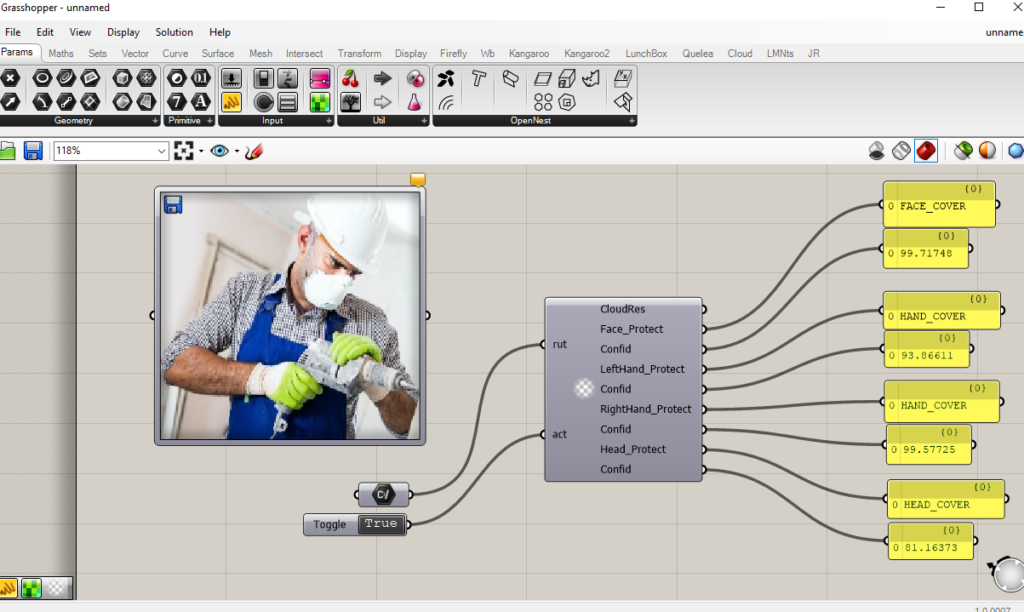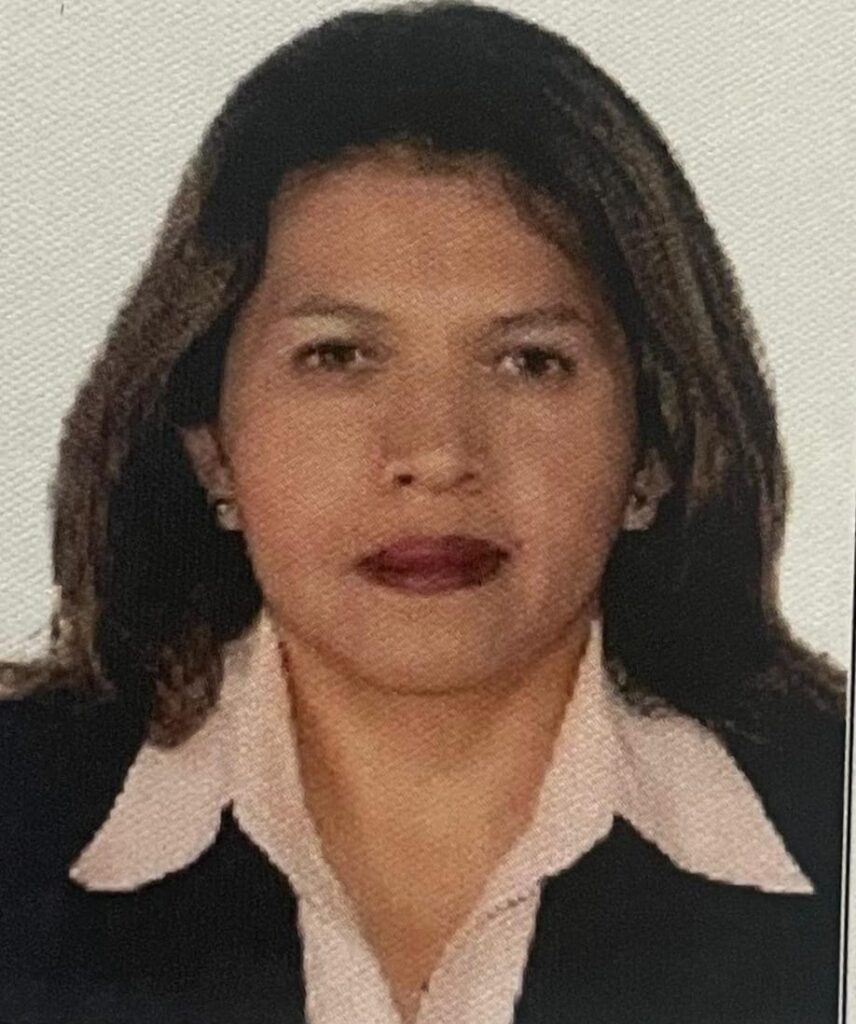Computer vision and Text analysis for Parametric design
Instructors: Jose Luis Reategui, Lucia Guzman, Pilar Flores
Dates: 24 July – 28 July / 06:30 am – 08:30 am (GMT – 5)
Themes: Artificial Intelligence / Computational Design / Performative Design
Software: Rhinoceros / Grasshopper
Number of Students: 50
Workshop registration open until filled



Description:
Today, the use of artificial intelligence in design has significantly evolved, incorporating generative systems and advanced 3D point transformation techniques. In this workshop, we will focus on building a solid knowledge base that enables the operation of AI engines tailored to specific design needs. We will transform the outcomes of using computer vision and text analysis engines into parameters that integrate with parametric developments, exploring ways to complement the designs generated by these two engines with a third engine, forecasting, to propose data-driven future scenarios. This way, we not only optimize the design processes but also establish a connection between digital creativity and data-informed forecasting.
In the first session, you will learn about building machine learning engines for classification and regression tasks, convolutional neural networks, data engineering, and data science. On the second day, we will focus on computer vision tasks and their application to real images. On the third day, we will cover the fundamentals of text analysis and its connection to data sources. On the fourth day, participants will apply what they have learned to a real case study, using text and image data to create a pavilion design proposal based on parameters extracted from computer vision and text analysis. On the final day, we will explain the Internet of Things (IoT) and how it can be applied to incorporate real-time data from sensors and cameras, enriching parametric design. Additionally, we will explore the use of forecasting engines to propose data-driven designs.
In this context, we go beyond smart buildings to delve into the concept of cognitive buildings. These buildings not only respond to user needs and environmental conditions in real-time but also learn from the data collected over time to optimize their functionality and efficiency. AI is used to anticipate and adapt to changing conditions, improving both user experience and building sustainability.
Data-driven sustainability is a crucial component of cognitive buildings. By utilizing data collected from various sources, including IoT sensors and predictive analytics, we can create built environments that minimize environmental impact and maximize energy efficiency. Real-time data analysis and machine learning-based prediction enable dynamic adjustments in resource usage, such as electricity, water, and climate control, reducing waste and promoting more sustainable practices
Learning Objectives :
By the end of this comprehensive workshop, participants will be able to create built environments that minimize environmental impact and maximize energy efficiency. This workshop aims to develop specialized knowledge in using machine learning for computer vision, text analysis, and prediction tasks.
Detailed Schedule :
Module 1 – Wednesday 24th of July 06:30- 08:30 ( GMT – 5 )
Module 2 – Thursday 25th of July 06:30- 08:30 ( GMT – 5 )
Module 3 – Friday 26th of July 06:30- 08:30 ( GMT – 5 )
Module 4 – Saturday 27th of July 06:30- 08:30 ( GMT – 5 )
Module 5 – Sunday 28th of July 06:30- 08:30 ( GMT – 5 )

Jose Luis Reategui :
He is the Director of new technologies at Research Design and a professor at Universidad Peruana de Ciencias Aplicadas in Lima, Peru. He has over 15 years of experience in the development of emerging technologies such as machine learning, the internet of things, software development, robotics development, and digital fabrication. As a computational designer, he works in applied research combining emerging technologies with design processes to create new instruments and tools. As a Full Stack developer, he works with programming languages such as JavaScript, Python, C#, and cloud computing with Amazon Web Services and Microsoft Azure. He has experience in building plugins and addons for Rhinoceros-Grasshopper and Autodesk Revit.

Lucia Guzman:
Lucia is an accomplished architect and dedicated educator specializing in Virtual Architectural Project & Design. With a bachelor’s degree in Architecture from Ricardo Palma University and a Master’s degree in Pedagogical Innovation and Management of Educational Centers, along with ongoing studies in a Master’s in Education with a focus on Educational Policies and Management, she has established herself as a leader in integrating cutting-edge technologies into architectural education. Currently serving as a professor at the Faculty of Architecture at the Universidad Peruana de Ciencias Aplicadas, Lucia is passionate about harnessing the transformative power of technologies such as virtual reality, artificial intelligence, and the Internet of Things. Her goal is to inspire and empower her students to embrace these advancements, fostering creativity and innovation in architectural design. Lucia prioritizes educational excellence and technological integration, creating dynamic learning environments with hands-on experience and innovative tools. She aims to equip students with skills for the rapidly evolving architectural landscape.

Pilar Florez:
Pilar Flores is a full-time faculty member at the Universidad Peruana de Ciencias Aplicadas (UPC) in the School of Architecture. She teaches courses in the Digital Technologies specialization. She has a technical background in industrial and systems processes from the Cibertec Institute. She holds a bachelor’s degree in business administration from the Universidad Peruana de Ciencias Aplicadas (UPC) and a master’s degree in Integration and Educational Innovation of Information and Communication Technologies from the Pontificia Universidad Católica del Perú (PUCP). Her main focus is on teaching the application of emerging technologies, where architectural projects are modeled in Revit. She creates images and animations in 3Ds Max and Twinmotion, and edits and designs architectural panels and portfolios in Photoshop, Illustrator, and InDesign. Through teaching, Pilar aims to leverage computational technologies so that students can achieve ease and greater creativity in the design and creation of an architectural project.


